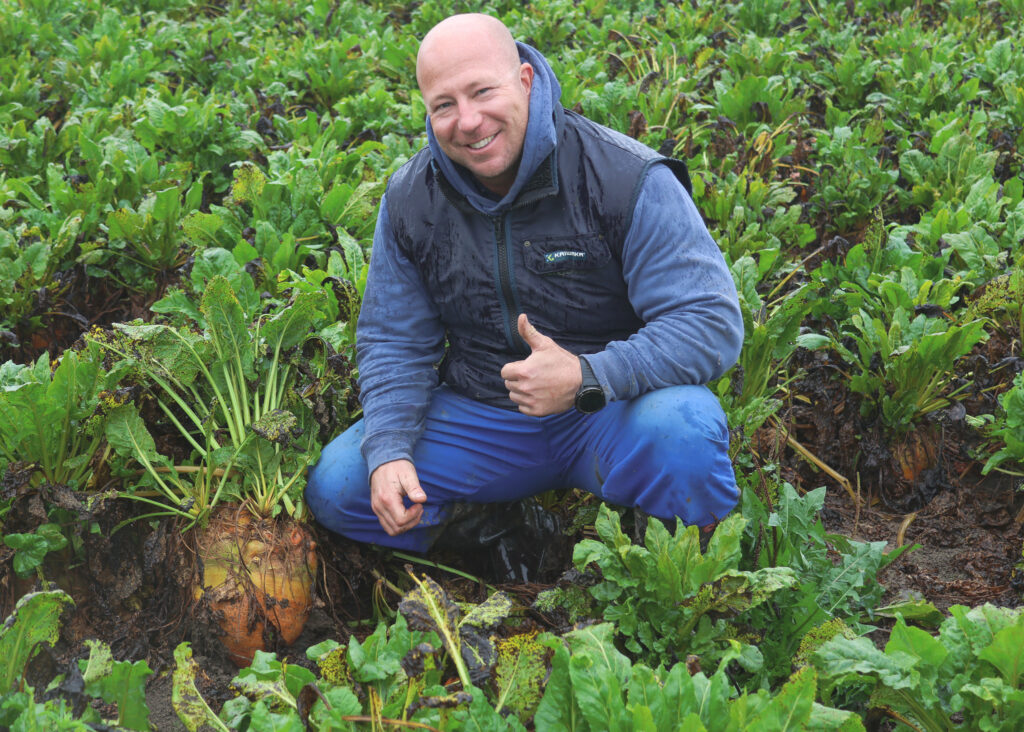Mike Copland’s fodder beet crop topped the Ashburton region this season – yielding 44.5 tonnes Dry Matter (DM) per hectare.
The crop covered 23 hectares (on a 10-year rotation) and won the Ashburton A&P Association fodder beet competition, before finishing third in the Mid-Canterbury final (as judged by Canterbury Feed Assessment).
*The bulbs were measured in the paddock for an average of 17-19% DM (for the variety). However, because of the warm autumn and without the advantage of a frost to lift its DM, the final number came in at 13%.
Mike and his wife, Michelle, are involved in a hybrid business partnership with Mike’s parents, milking 750 cows – averaging 560kg Milk Solids per cow. The total holding is 291 hectares (214ha effective milking area) with two centre pivot and three Rotorainer irrigators on the milking platform (the run-offs each support a Rotorainer).
Mike knows that growing the crop is only half the equation. While it’s a cost-effective autumn/winter feed – it’s volatile – and it’s hard to get production and/or fertility from cows that are unwell or mineral deficient.
Fodder beet has 30-50% of the phosphorus (P) found in either pasture or kale, and it is well below the US National Research Council’s recommendations for P supplementation in dairy cattle.
Mike has also proactively refined his pasture and stock management in the last few years to make feeding fodder beet successful for him.
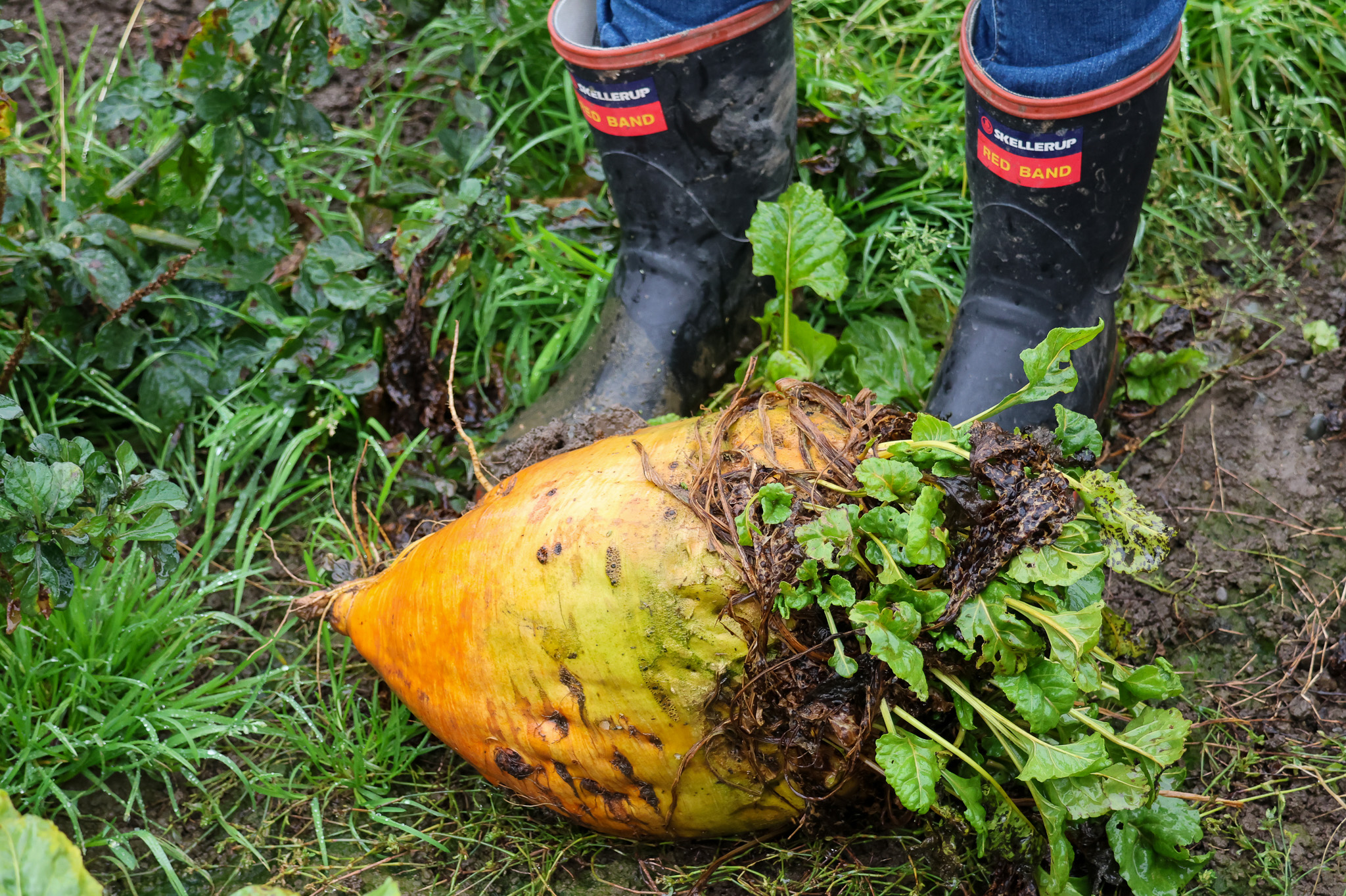 Mike Copland has put in the hard yards to safely feed fodder beef to his stock.
Mike Copland has put in the hard yards to safely feed fodder beef to his stock.
 Straw and/or silage is an important part of this farm’s feeding regime year-round.
Straw and/or silage is an important part of this farm’s feeding regime year-round.
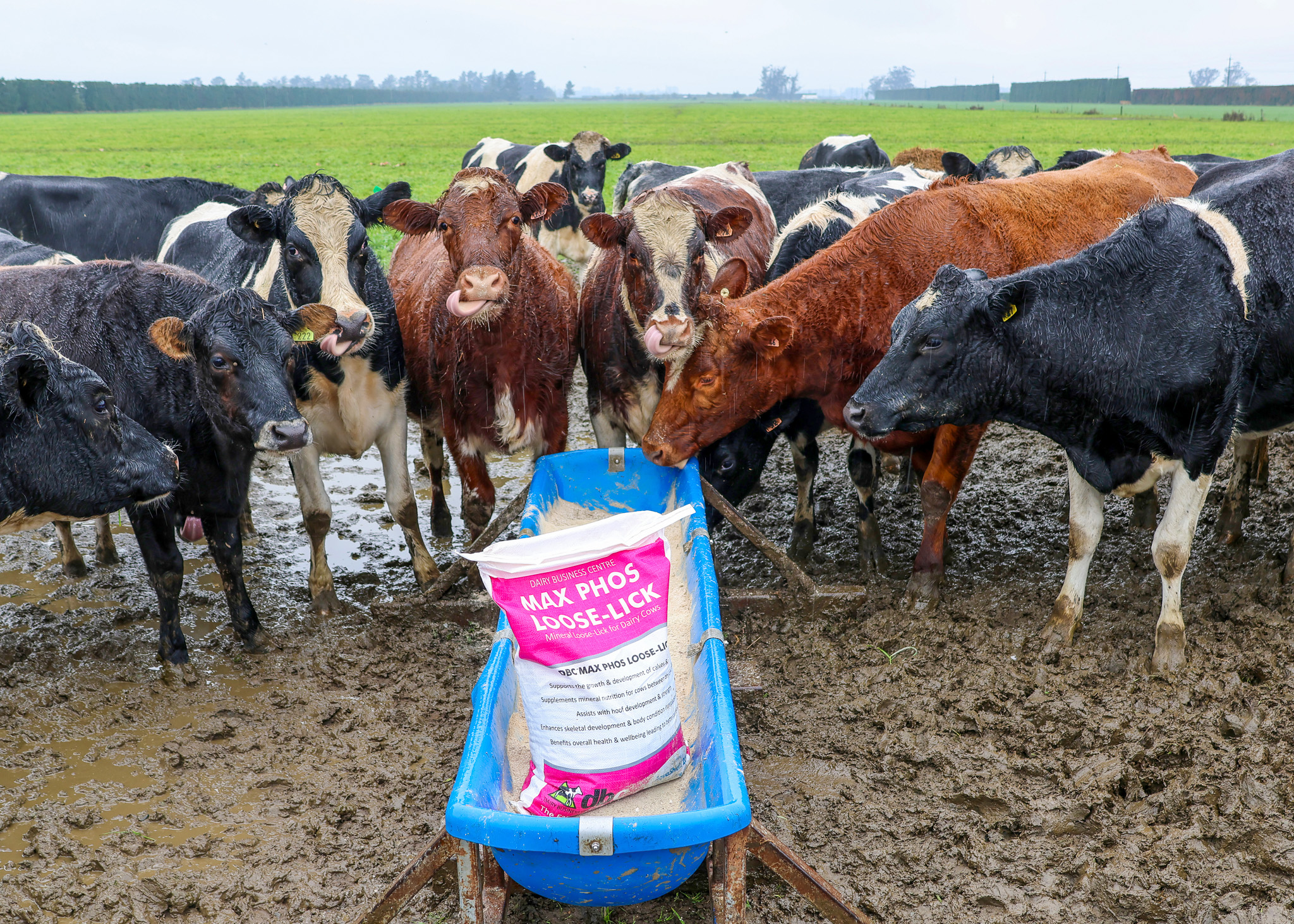 MAX PHOS LOOSE-LICK delivers additional phosphorus to Mike Copland’s stock when he is feeding fodder beet. The water-proof lick here means there is no waste. Mineral supplementation also includes dosing the water troughs throughout the season.
MAX PHOS LOOSE-LICK delivers additional phosphorus to Mike Copland’s stock when he is feeding fodder beet. The water-proof lick here means there is no waste. Mineral supplementation also includes dosing the water troughs throughout the season.
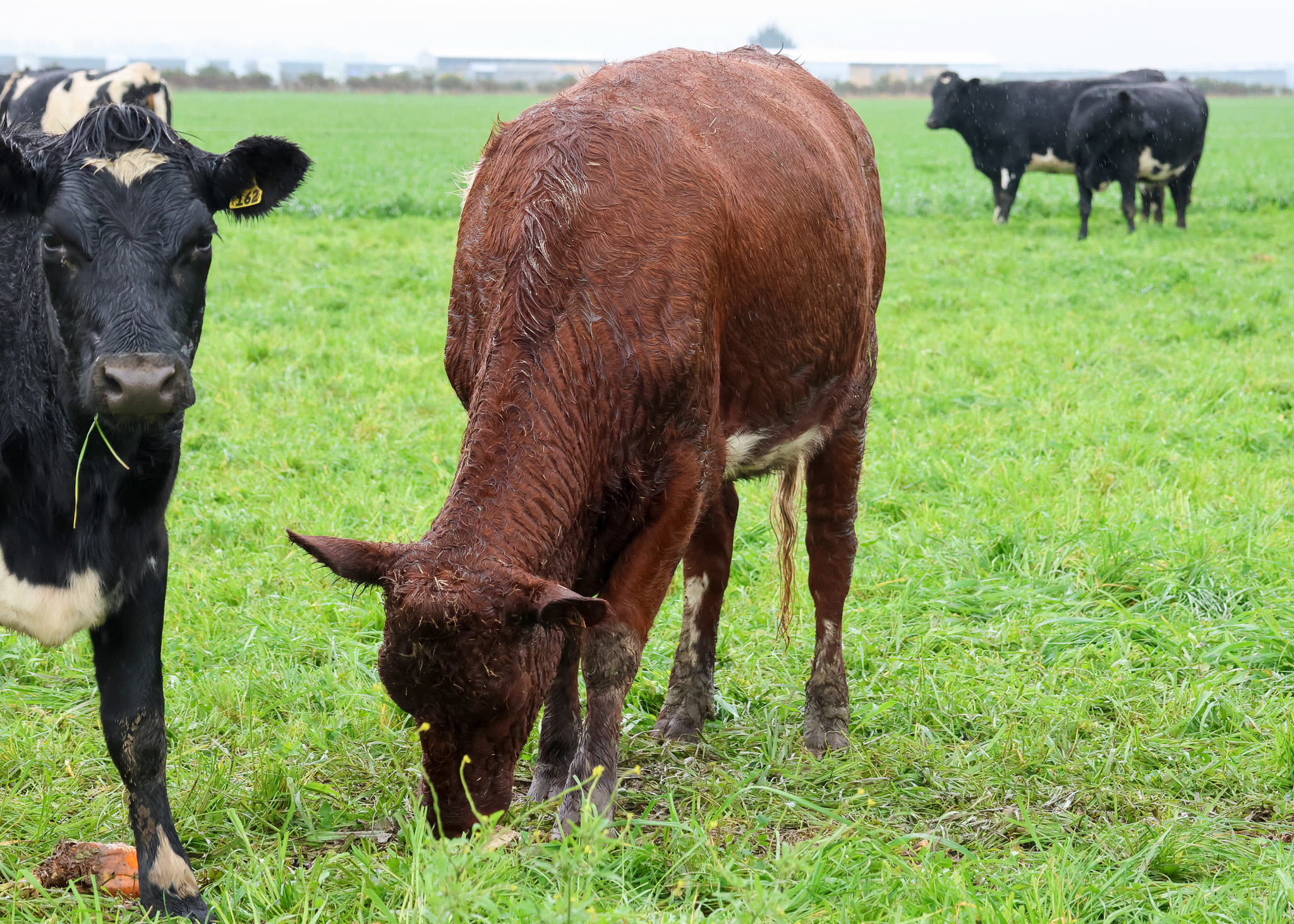 Mike transitions his dry R2s to fodder beet by spreading it like a lolly scramble on fresh pasture, with the support of silage/straw, and mineral supplementation from the Dairy Business Centre. These heifers will calve down in the spring with a condition score of 5.5.
Mike transitions his dry R2s to fodder beet by spreading it like a lolly scramble on fresh pasture, with the support of silage/straw, and mineral supplementation from the Dairy Business Centre. These heifers will calve down in the spring with a condition score of 5.5.
 Mike Copland has put in the hard yards to safely feed fodder beef to his stock.
Mike Copland has put in the hard yards to safely feed fodder beef to his stock.
 Straw and/or silage is an important part of this farm’s feeding regime year-round.
Straw and/or silage is an important part of this farm’s feeding regime year-round.
DIFFERENCES THIS YEAR
Last season, his fodder beet came in at 38T/ha. Mike said the difference this year included an early soil-test, and that he added more lime early, ploughed, harrowed and top-worked the paddock. He also added one million litres of effluent and 100 tonnes of solids so “there was plenty of potassium in the soil.” They used the “Lifta” variety – sowing at a rate of 90,000 seeds/ha (with 375mm spacings). His fertiliser was sourced from BioAg and included a Potash and urea mix. Three doses of liquid urea (100 litres/ha – 19 units of Nitrogen), and fish fertiliser combined also drew a big response. “The beauty of the fish fertiliser is that it only costs $2/litre, so at $20/ha, why not?” Mike said. “It’s beautiful stuff, and I think that had a big impact this season.” They also used a biological grass grub spray in November/December. They treated the whole farm, and only had one small breakthrough area of grass grub for the whole season. Mildew was a challenge in a wetter-than-usual season, but Mike sprayed early, so they could harvest the crops earlier. MAX PHOS LOOSE-LICK delivers additional phosphorus to Mike Copland’s stock when he is feeding fodder beet. The water-proof lick here means there is no waste. Mineral supplementation also includes dosing the water troughs throughout the season.
MAX PHOS LOOSE-LICK delivers additional phosphorus to Mike Copland’s stock when he is feeding fodder beet. The water-proof lick here means there is no waste. Mineral supplementation also includes dosing the water troughs throughout the season.
FEEDING THE CROP TO LATE-LACTATION MILKERS
This autumn Mike harvested the beets, shook the excess soil off, and delivered it to his two late-lactation milking herds. Their daily DM feed breakdown/cow was 9kg grass, 5kg beet (peak), 2kg palm kernel, 1kg home-grown barley, and ad lib straw. “We always have straw available for the cows – on the laneways – and in the paddocks. They need it, they eat it, it helps with that gut-fill, and it keeps them happy,” Mike said. “We start off feeding 1kg/cow of the fodder beet, then we move to 2kg for a few days, and so on until we’re feeding up to 5kg at around the two-week mark. That’s the most we would give the milkers. It’s high energy, they put on weight, and it extends our lactation to 310 days. “It works out at 8c/kg to grow,” he says. “You do have to use the transition time and mineral supplementation to safeguard against potential metabolic issues.” Mike also strategically offers mineral Loose-Lick from the Dairy Business Centre’s (DBC) broad range. Mike transitions his dry R2s to fodder beet by spreading it like a lolly scramble on fresh pasture, with the support of silage/straw, and mineral supplementation from the Dairy Business Centre. These heifers will calve down in the spring with a condition score of 5.5.
Mike transitions his dry R2s to fodder beet by spreading it like a lolly scramble on fresh pasture, with the support of silage/straw, and mineral supplementation from the Dairy Business Centre. These heifers will calve down in the spring with a condition score of 5.5.
ANIMAL HEALTH BILL 15% LOWER
Mike says there is no question in his mind about the value of the right mineral supplementation. To offset feeding fodder beet, he chooses DBC’s MAX PHOS LOOSE-LICK. “I’m aware what fodder beet can do to cows if it’s handled wrong, and I’m countering that by transitioning cattle on and off it gradually, making sure our cows are full all the time, and supplementing them with the MAX PHOS LOOSE-LICK. The Loose-Lick is an important part of my management plan, and we’ve been using it for five years now. “You may think your animal health costs are up there by spending additional money on minerals, but we just finished the cash-flow for this season, and we are 15% below budget for animal health,” Mike said. “We’ve had less lame cows, less mastitis…less everything really. I feel that is a pretty good result. “Yes, we do spend money on minerals, but our tracks aren’t great, and we don’t really get lameness or downer cows. I think using the right minerals across the board save us a lot of time on the other side.”EASY TRANSITION FOR R2S
Mike’s rising two-year-olds (R2s) also have ample access to pasture, quality straw, and silage during the transition to fodder beet crops. Initially, he sprinkles the beets (similar to a lolly scramble) on a fresh pasture break, because he knows those heifers are cutting their teeth, and it’s a new feed source that they don’t understand. He doesn’t want them to drop weight in the transition, so he uses this gradual introduction to protect them, their unborn calves, and their production potential. “At the start they hated it because they didn’t know what it was, and I had to run over it with the cultivator,” Mike said. “Now they are eating them, and they will go to the new break just to find them,” Mike said. “I always want them to be full before they go on to it, and it’s roughly a three-to-four-week transition. It’s worked really well this year.” The R2s will calve in at a 5.5 condition score this spring, despite Mike being let down by a grazier.LOOSE-LICK OVER LICK BLOCKS
He also prefers the Loose-Lick to lick blocks, because he says a mouthful a day is literally what they need. This system affords every animal the chance to achieve that – including less dominant cows/heifers. “Lick blocks are a pain, and I wouldn’t go back there. I’ve had salesmen try to sell me them again, and I just can’t be bothered. With this waterproof MAX PHOS LOOSE-LICK the weather doesn’t matter. If it rains, I just pour it off, and off they go again. It just doesn’t affect it, there’s no wastage, and it’s been amazing for us.” Mike also feeds DBC’s MAXIMIZE Calf Pellets to his calves and believes it is contributing to earlier weaning weights by up to two weeks. A calf’s ultimate skeletal growth is determined in her first year, which makes their early weight-gain goals critical to their long-term health and production. It is ideal for calves up to 120kg liveweight, fed at 1-2kg/calf/day in conjunction with adlib hay/straw and quality pasture. “The low daily feed rate is what drew me in. They only need 1kg a day per calf to get what they would usually get in 2-3kg on other competing pellets. And, it wasn’t any more expensive,” Mike said. “What’s not to like about that?”Related article
What are your downer cows telling you?
While no-one is talking calving complications and downer cows at this time of the year, realistically anyone who struggled with the most critical time of the season is now living with the hangover from it when it comes to fertility and in-calf results. Now is the time to consider what could have been done better and what could make a difference next season.
Making money milking cows on 5.5ha
Peter and Claire Hansen are turning a profit milking less than 30 cows on five (effective) hectares near Rangiora. The decision to set up to supply raw milk to the public wasn’t without significant risk for this couple. They were already heavily committed in another business, and they had to build Fernside Fresh from the ground up with no promises and significant capital investment.
Minerals and meal add milk
More milk and lower empty rates (without intervention) has been the result of checking and addressing the mineral status in Brian and Simone Shaw’s Invercargill herd. The couple say the Dairy Business Centre’s team have helped them lift production 35,000kg MS last season, and given them peace of mind that they are doing everything they can to facilitate per cow performance.
Southland dairy embraces high-performance biological farming
Darrell and Julie Wendelgelst had already been paying close attention to their soils when Darrell travelled to Tasmania with the Dairy Business Centre on a biological farming tour in 2023. With some cows in Darrell and Julie’s 400-cow herd producing up to 1000kg MS, they could have been forgiven for approaching any kind of change cautiously.
You can’t save yourself into profit
Irishman Bill O’Sullivan has reluctantly agreed to go on the record…twice. His reason is simple. He is deeply concerned that too many New Zealand dairy farmers appear to have little idea about what “lead feed” is, what it does, how it helps minimise milk fever, and how that impacts across their whole business. Bill keeps meticulous records of cow health and events on their property.
Related products
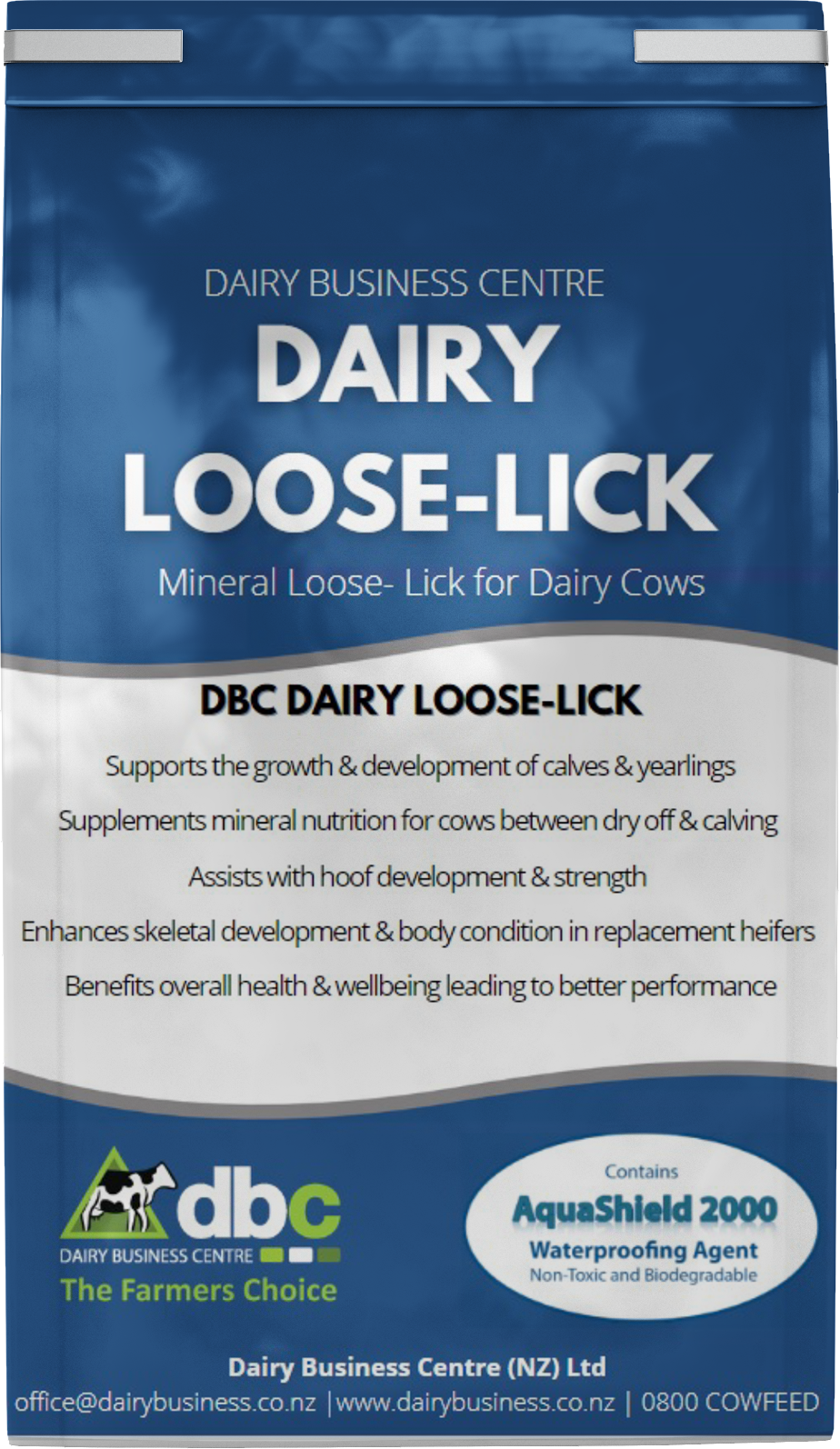
Loose-Lick has balanced mineral combinations that limit negative interactions ensuring optimal absorption, especially of phosphorus.

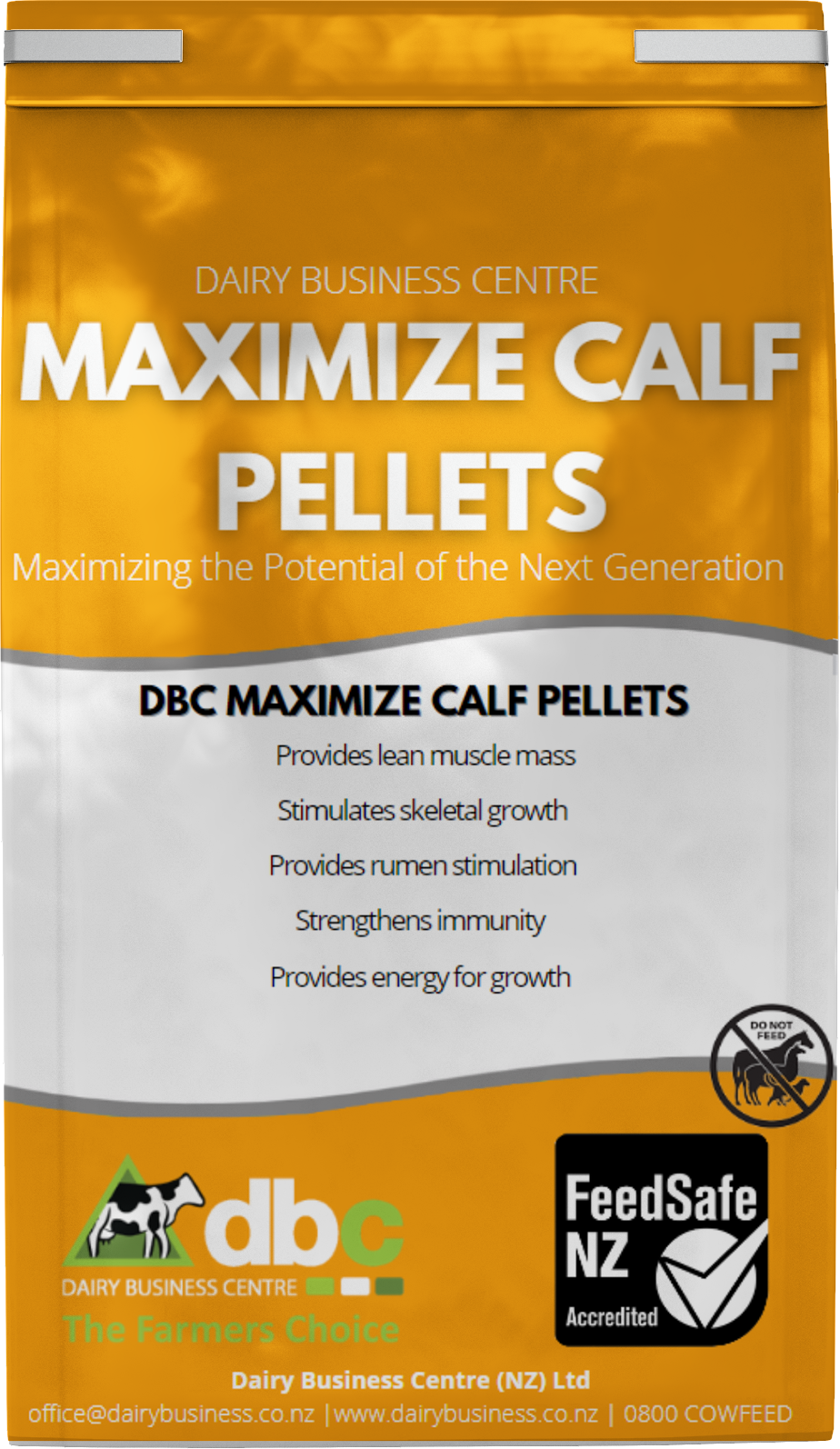
A high quality feed pellet, designed to maximise skeletal growth in calves, strengthen the immune system and more. Phase 1 of a 2 phase approach to Calf Nutrition.



